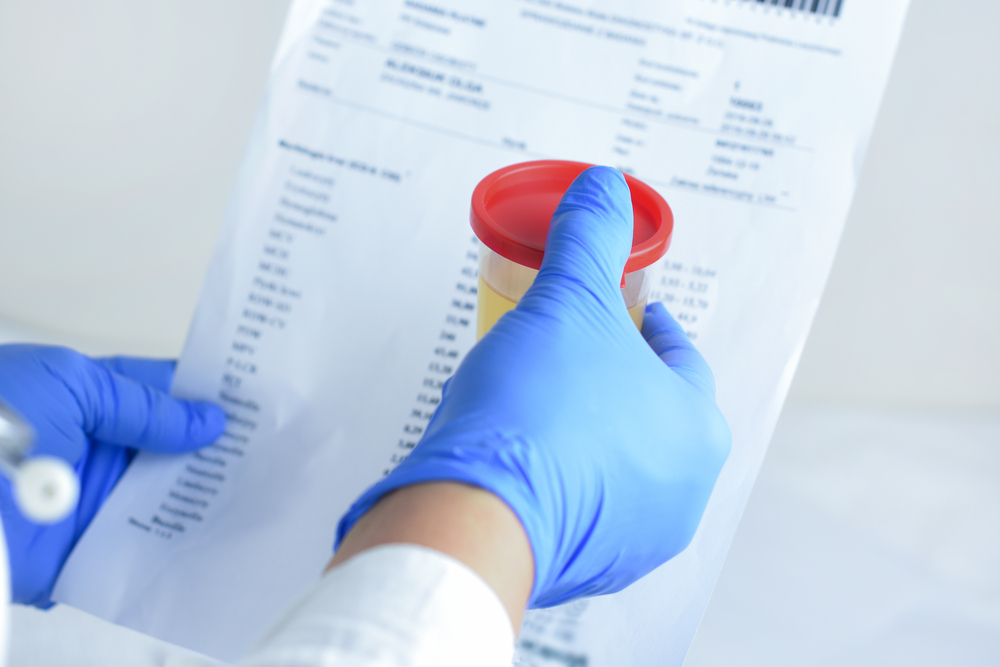If you search for “how to pass a urine drug test” on the internet, you will get several million results. As physicians, we see and manage the national opioid crisis every day. We see the impacts of this in our practices and our lives. The crisis frankly shows no signs of abating or becoming a less critical issue. Unfortunately, one major reason for our inability to control this issue might be in the testing. Most patients in the throes of addiction or recovery require regular urine testing as part of their treatment (which is much more common than blood, hair or saliva) and that has unfortunately led to widespread cheating. The cheating industry is equally or if not more lucrative than the opioid market.
Once a patient submits a sample for testing, each sample undergoes specimen validity testing. For most samples, this involves pH testing, specific gravity, and creatinine levels. One could easily circumvent the specific gravity and creatinine test by creatine loading — a supplement found very commonly in nutrition stores. Unfortunately, most physicians who do testing and bill for services (CPT 80305-7) in their office or send it to a commercial lab stop testing at this stage (pH, specific gravity and creatinine).
However, the cheating industry is much more technologically and reagent savvy. There are eight possible identified sources of subversion in addition to the pH and specific gravity. We have already mentioned creatine loading. Another method is to add small amounts of oxidant chemicals, glutaraldehyde or zinc (which destroy both the illicit drug and eventually the agents are gone in a matter of a few hours). Most commercial labs have a turnaround time of several hours — this is more than enough time for the oxidant chemicals to work. Artificial (lab-made) urine or freeze-dried human urine are also available and have been used successfully. Some employers have resorted to using cheek swabs or hair, but these are easy to circumvent using specially made chewing gum or mouthwash. The testing is also more costly.
The question on most of our minds is — how is this legal? Well, most of the oxidant chemicals have legitimate uses. Manufactured urine has been deemed illegal to sell in a few states and by some employers (one could lose their job if the employer were to find fake urine or their person or locker). However, the sale is legal to mattress firms, investigation of animal behavior, etc. This is the loophole that many manufacturers use. Such substances are easy to find on the internet.
The implications of such subversion are immense. The true incidence of this is unknown, but organizations such as Substance Abuse and Mental Health Services Administration (SAMHSA) have recognized this as a problem. In 2013, a study by SAMHSA showed a subversion rate of 2 percent. Frankly, subversion is probably much more common than published data, given that this is a lucrative business valued at about a billion dollars. As physicians, we rely on clean data to manage this tough population of patients and prescribe further narcotics or medications like methadone or suboxone appropriately. Further research is underway to understand the scope of the problem and address the various methods used to subvert testing. In the interim, we have to rely on our good judgment and clinical acumen as scientists attempt to defeat the subversion market.
Giri Venkatraman is an otolaryngologist.
Image credit: Shutterstock.com
Your patients are rating you online: How to respond. Manage your online reputation: A social media guide. Find out how.



